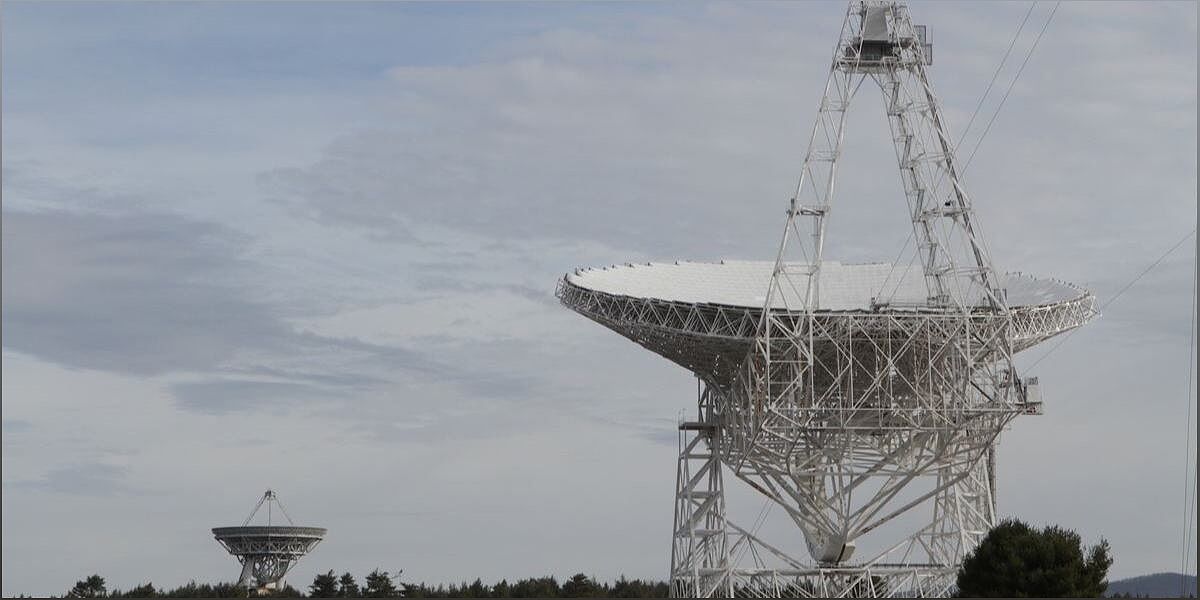In the vast expanse of the cosmos, astronomers rely on radio telescopes to uncover the secrets of the universe. However, human-made radio interference often obstructs these signals, hindering our ability to explore the depths of space. But fear not, a team of dedicated researchers at West Virginia University is on a mission to eliminate this interference and revolutionize astronomical observations. Join us as we delve into their groundbreaking work and the potential it holds for the future of astronomy.
The Impact of Human-Made Radio Interference
Explore the detrimental effects of human-made radio interference on astronomical observations.
Before we dive into the groundbreaking work being done at West Virginia University, let's first understand the impact of human-made radio interference on astronomical observations. Radio telescopes play a crucial role in detecting weak galactic signals and studying the transient sky. However, the presence of human-made signals can obstruct these observations, limiting our ability to explore and understand the universe.
Imagine trying to listen to a faint whisper in a crowded room. The background noise can make it difficult to decipher the intended message. Similarly, radio interference creates a metaphorical 'crowded room' for astronomers, hindering their ability to detect and study celestial phenomena.
The Pioneering Research at West Virginia University
Discover how the research team at West Virginia University is working to eliminate human-made radio interference.
Now, let's turn our attention to the pioneering research being conducted at West Virginia University. Led by Professor Duncan Lorimer, a team of dedicated researchers is developing innovative techniques to remove human-made radio interference in real-time, ensuring accurate astronomical interpretation.
By combining their expertise in physics, astronomy, computer science, and electrical engineering, the team aims to develop new algorithms and hardware that can effectively filter out unwanted signals. This breakthrough technology will not only benefit astronomers but also find applications in radar imaging, satellite communication, sound navigation ranging, and other sensor-based systems.
Real-Time Radio Frequency Interference Detection
Learn about the research and development of real-time radio frequency interference detection techniques.
A key aspect of the research at West Virginia University is the development of real-time radio frequency interference detection techniques. By leveraging advanced algorithms and cutting-edge hardware, the team aims to identify and filter out human-made signals in real-time, allowing for accurate astronomical observations.
The algorithms being developed will be tailored to different astronomical observation cases, ensuring optimal performance in various scenarios. This comprehensive approach will enhance the sensitivity of radio telescopes, enabling astronomers to explore previously uncharted territories of the universe.
Empowering the Astronomical Community
Discover how the project's results will be shared with the astronomical community and its potential impact.
The research team at West Virginia University is committed to sharing their project's results with the wider astronomical community. By doing so, they aim to foster collaboration and encourage the adoption of their algorithms and techniques by researchers worldwide.
This collaborative approach will not only advance the field of astronomy but also have broader implications. The technology developed by the team can be utilized in various fields, including radar imaging, satellite communication, and sensor applications. By eliminating human-made radio interference, we open up new possibilities for scientific exploration and technological advancements.

